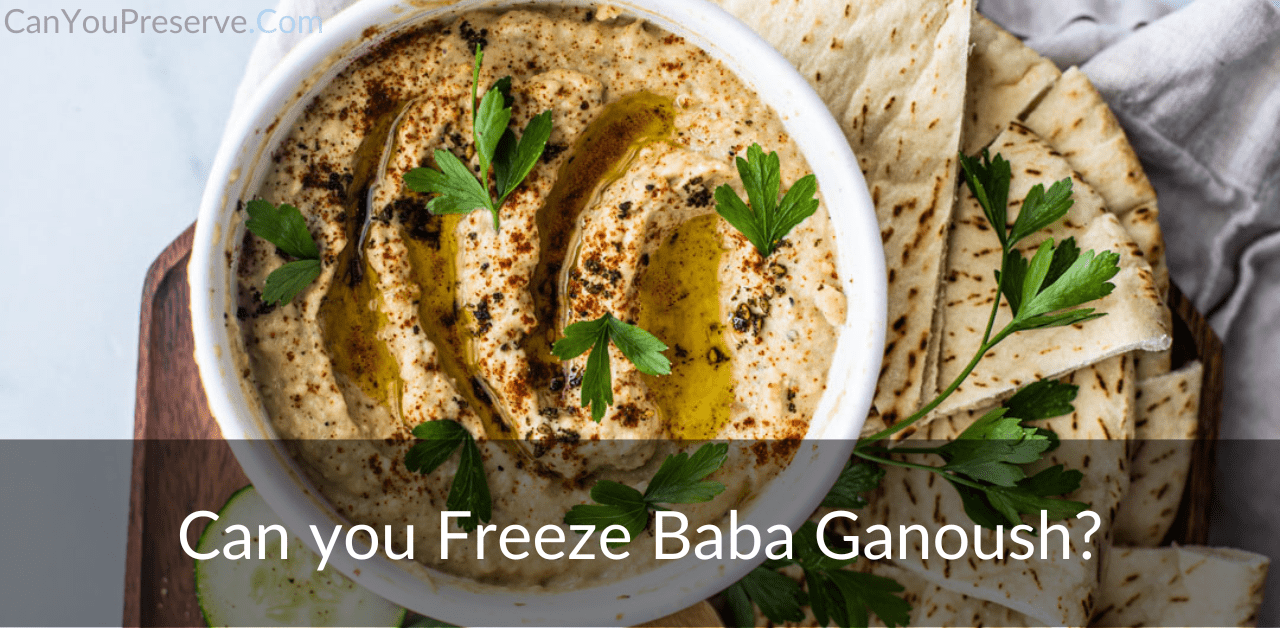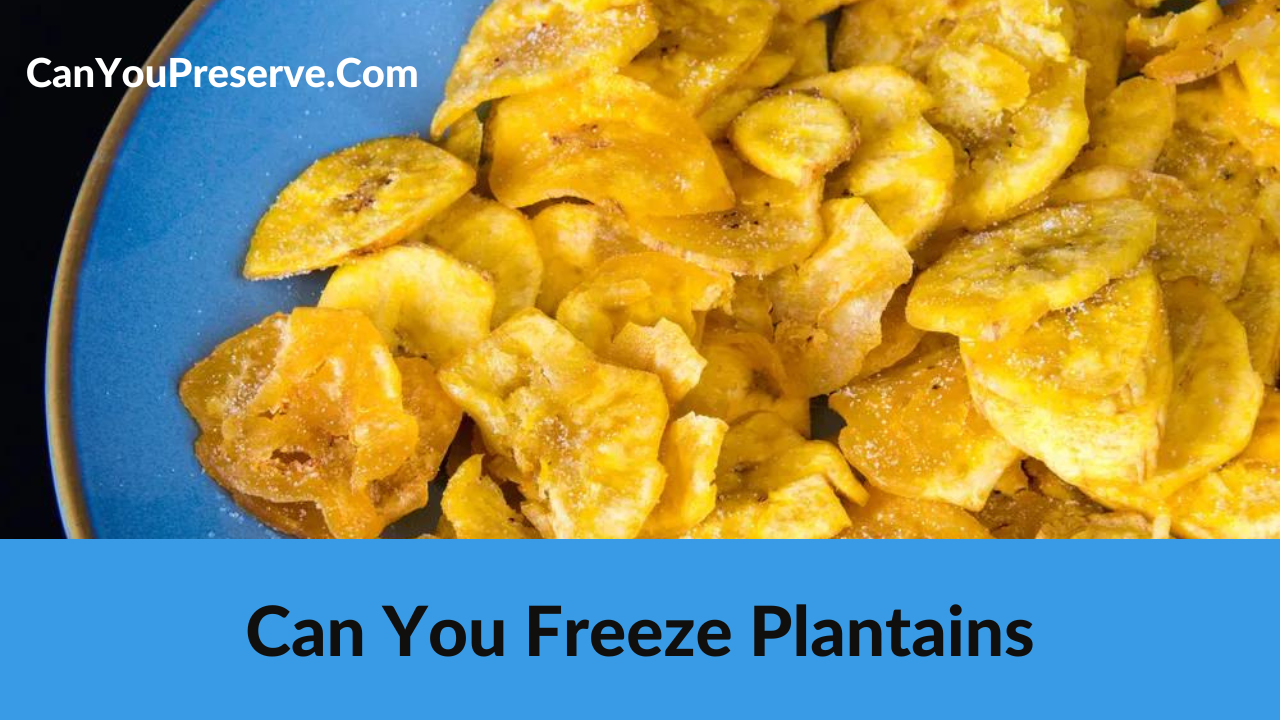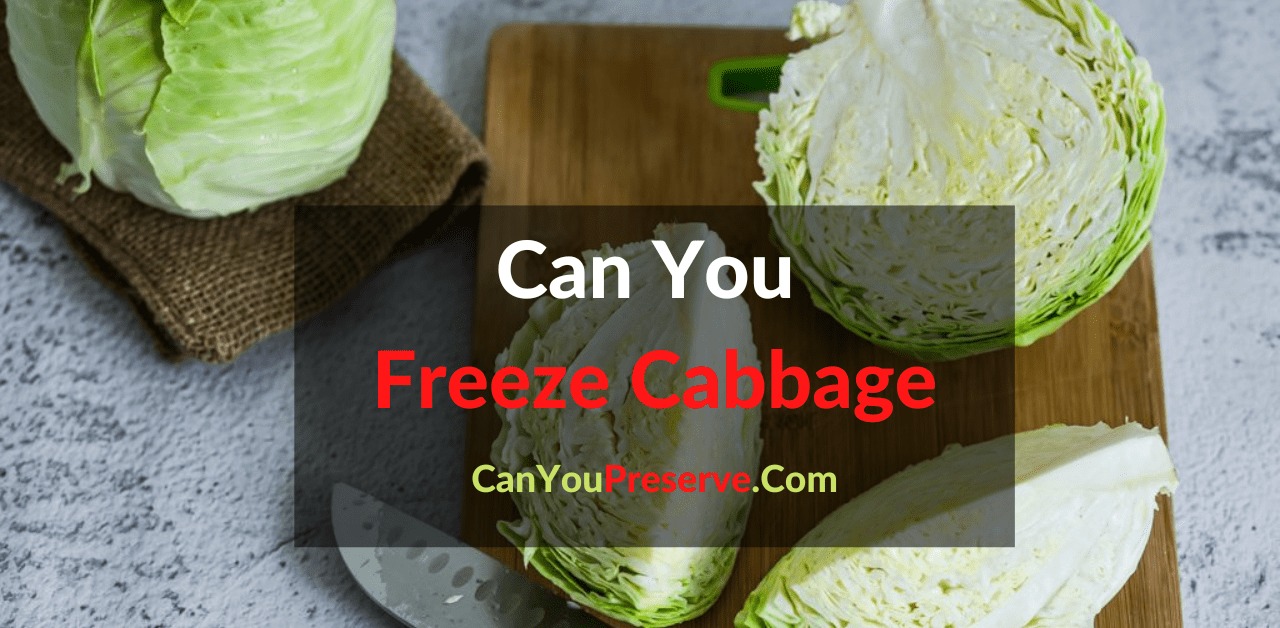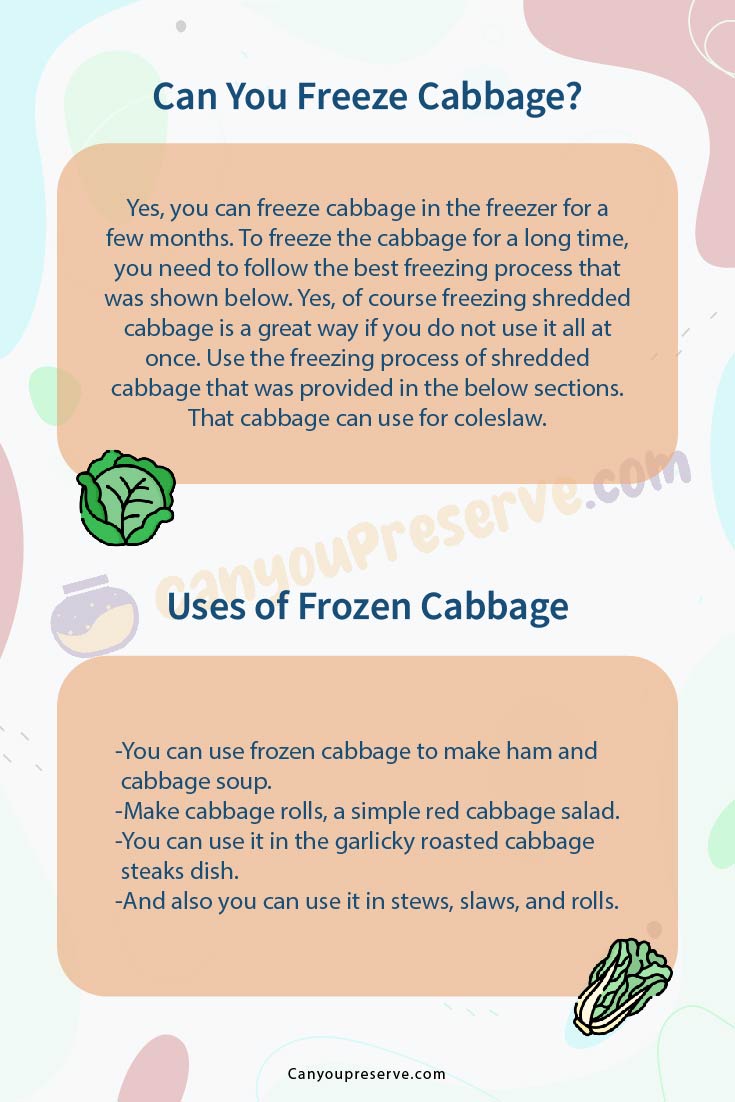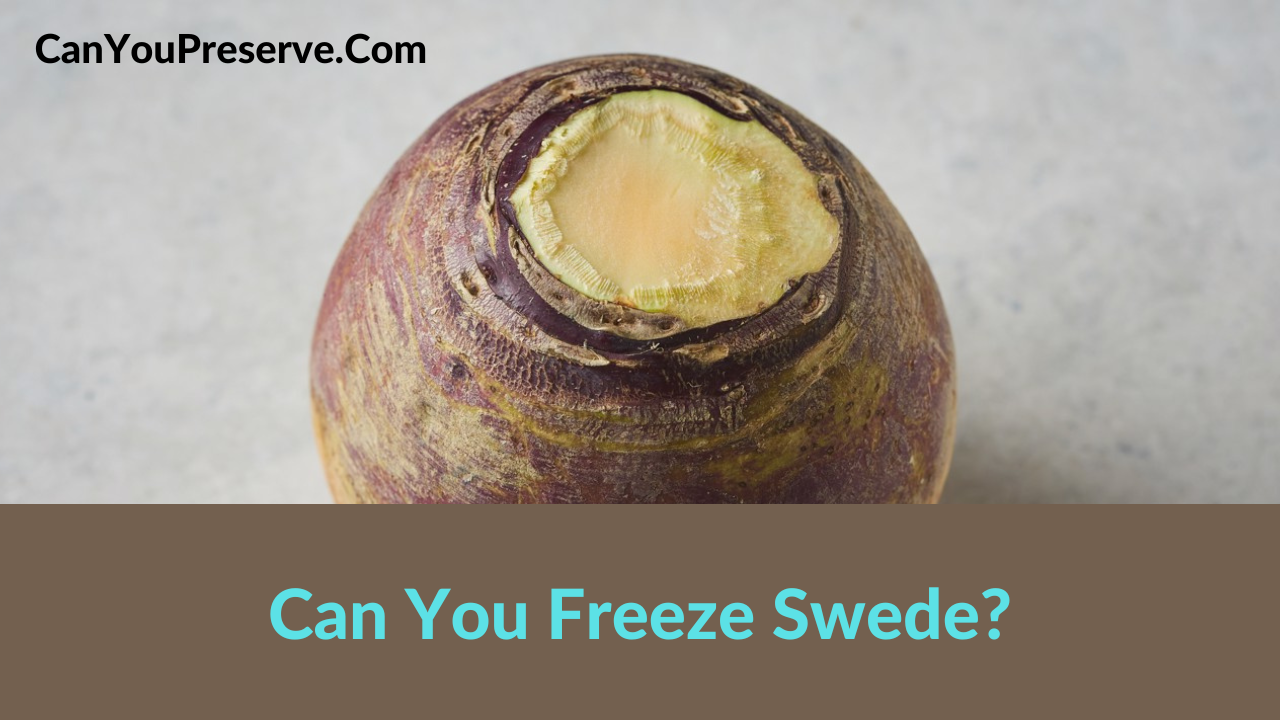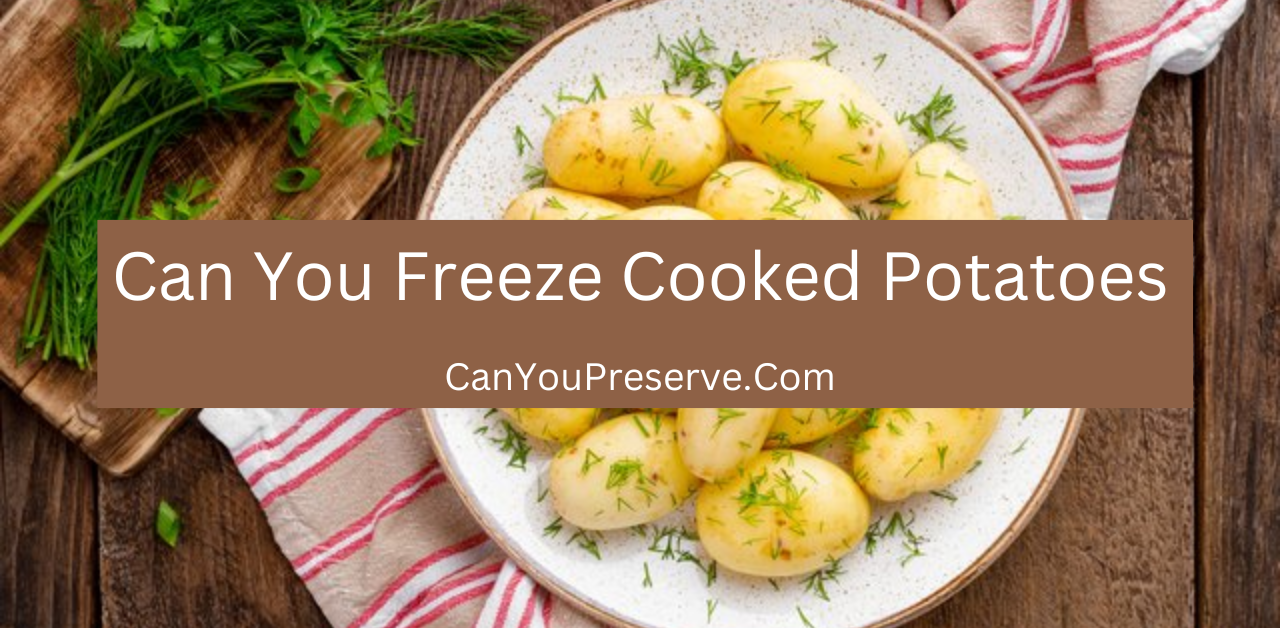Can you Freeze Corn on the Cob?: Almost everyone is a huge fan of corn due to its unique taste and the nutritious value it provides to our bodies. Are you in a fix on whether it can be frozen, yes, it can be frozen for a couple of months provided you follow the necessary steps to freeze it.
This article details all the information required to freeze corn on the cob including the important tips that will help you get an extended duration of freezing. So, without losing much time let’s dive into the topic.
- Can You Freeze Corn On The Cob?
- How To Freeze Corn Cob?
- Best Way To Freeze Corn From The Cob: Tips For Freezing
- How Long Corn Cobs Can Be Frozen?
- How To Defrost Frozen Corn Cob?
- Can You Refreeze Corn On The Cob?
- Do Corn On The Cob Freeze Well Enough?
- Can I freeze corn without blanching?
- Can we freeze cooked corn?
- What is the best way to freeze fresh corn on the cob?
- Can grilled corn be frozen?

Can You Freeze Corn On The Cob?
Yes, you can freeze corn on the cob and it is quite simple too. So, grab as much raw corn as you need from the market and leave the worries of storing and freezing the same to us. We always miss the crunch and juicy texture of corn during the off-seasons of the year while sitting in front of a BBQ.
In this article, we shall provide you with time-tested techniques to make your BBQ evenings, even more, funnier and savory. So, let’s learn the step-by-step guide to freezing corn on the cob.
How To Freeze Corn Cob?
First things first, get a good stock of fresh, healthy-looking corn cobs from the market. Ensure they are not too old and are free from physical abrasions. This potent information will help substantially in getting the best product from the market.
The first step is to remove the peel and hair of the corn if you are buying them in whole. In Case you are buying it without peel or pre-cooked corn on the cob, clean it under water properly to ensure no debris and unwanted matter is on the corn.
This step can be followed only if you have bought raw corn, in case you have pre-cooked corn on the cob, skip step 2. For blanching the corn on the cob, bring a pot of water to boil and place the corn on the cob for 2 to 3 minutes and then immediately remove and place them inside ice-cold water to stop the cooking of corn from inside.
Allow cooling of the corn on the cob by placing them over a paper towel. Make sure to remove excess moisture from the corn. This may take around 30 minutes to 1 hour.
Once the corn on the cob is dry and blanched, transfer them into ziplock bags based on their sizes. You can cut the corn cobs at your convenience to fit in the ziplock bags. Finally, label the packets with the date and contents and place them inside the freezer.
Best Way To Freeze Corn From The Cob: Tips For Freezing
While the most important steps for freezing corn have been discussed above, there are some tricks that will help you during the process:
Segregate the corn from the cob, if you have a choice. This prevents a lot of space from getting occupied in the freezer section.
If you think adding salt will extend the product’s shelf-life during pre-cooking or blanching, get ready to find hardened corn that will be difficult to chew after de-frosting.
Blanching is mandatory as it will prevent the corn from getting stale over a period of time
and it too softens the corn making it convenient for consumption.
How Long Corn Cobs Can Be Frozen?
On average, corn on the cob can be frozen for a period of 3 months. But, the sooner you consume it the better it is for your taste buds. Some corn on the cob might stay over 3 months for their freshness and proper storage process.
How To Defrost Frozen Corn Cob?
The simplest way to defrost frozen corn cob is to place the frozen corn cob inside the water at room temperature. And your corn can be ready for use after an hour or so. If you are cooking a soup, it can be readily added to it without any prior preparation. Hence, it is always about the kind of preparation you are going to make that depends on the de-frosting of the corn cob.
Also, Get
Can You Refreeze Corn On The Cob?
Practically it is possible to re-freeze corn cob but, it is advised in terms of the texture of the food to avoid re-freezing as most of the moisture has been taken out from the corn and further freezing the same will result in making it more soggy and unpleasant to eat.
Do Corn On The Cob Freeze Well Enough?
Yes, corn on the cob does freeze well and can be used for cooking and later for consumption with satisfaction. They are sturdy, and succulent, and retain good nutritional value even after freezing for 3 months. Also, a step-by-step guide to freezing corn cob has been discussed above.
FAQs on Can You Freeze Corn on the Cob
1. Can I freeze corn without blanching?
Yes, corn on the cob can be frozen without blanching, but the de-frosted corn might lose its texture when taken out for cooking. Also, the higher water content might not allow the corn to stay for 3 months as happens for corn that is frozen after blanching.
Absolutely, cooked corn can be blanched provided it is not dipped in any soup or gravy that will altogether be impossible to freeze. Moreover mildly cooked or blanched corn is preferred for freezing.
3. What is the best way to freeze fresh corn on the cob?
Corn can be placed inside the freezer in clean, transparent, ziplock bags with labels containing the date of freezing. This will help to track the condition of the corn without actually opening it. The detailed process to freeze corn is explained above.
4. Can grilled corn be frozen?
Yes, of course, grilled corn can be frozen but there is a possibility of losing the smoky flavor of the corn when de-frosted later. If that seems fine for you, please go ahead with freezing grilled corn.
Key Takeaways
The freezing of corn has numerous benefits right from using it later, maintaining its nutritious value, and last but not least saving food wastage. Indeed the best way to freeze corn cob has been elaborated above to reap the maximum benefits of frozen corn. So, go ahead to bring a sumptuous amount of corn on the cob from the market and freeze it for your future days. Enjoy your favourite vegetable even during the off-season of the year.
